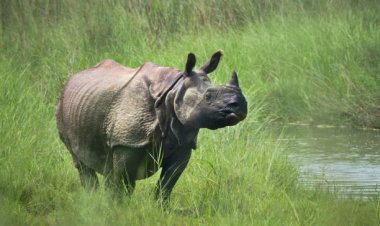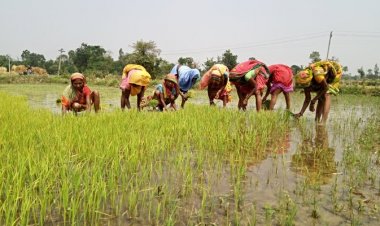Stacks of lakes in Nepal
lakes of Nepal
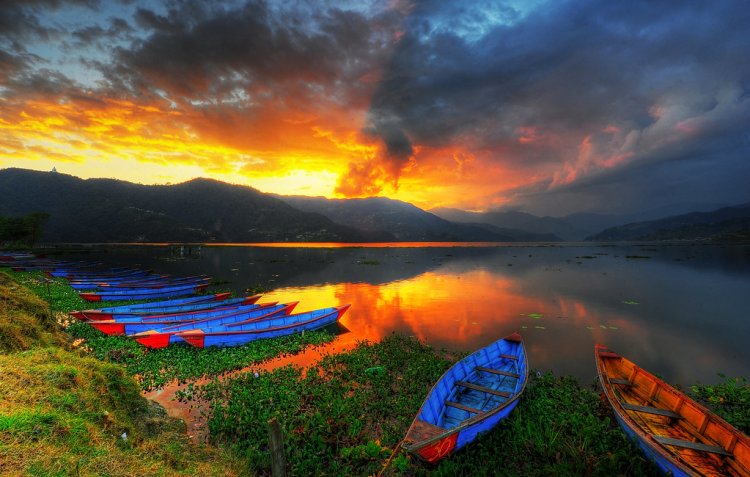
Nepal is home to probably the most astonishing and beautiful lakes on the planet. Most are frigid, taken care of by high-height lakes, arranged at a height of north of 4000 meters. Highlighted here are seven astounding lakes that you ought to think about visiting on your next excursion to Nepal or while travelling in Nepal. Some are wealthy, the most common way to go; others are all the more effectively open, so there will be a lake experience here to suit your arrangements.
There are several lakes and tanks of frozen and structural origin in Nepal. Mountain lakes like Rara, Phoksundo, Phewa, and so forth are glorious in degree and excellence. Rara, in the Mugu area of western Nepal, is the country's biggest lake. Phewa at Pokhara is another similarly renowned lake. Phoksundo in Dolpa District is another massive lake, but it is less well-known than Phewa Lake due to its difficult methodology.
Some major lakes of Nepal:
Rara Lake:
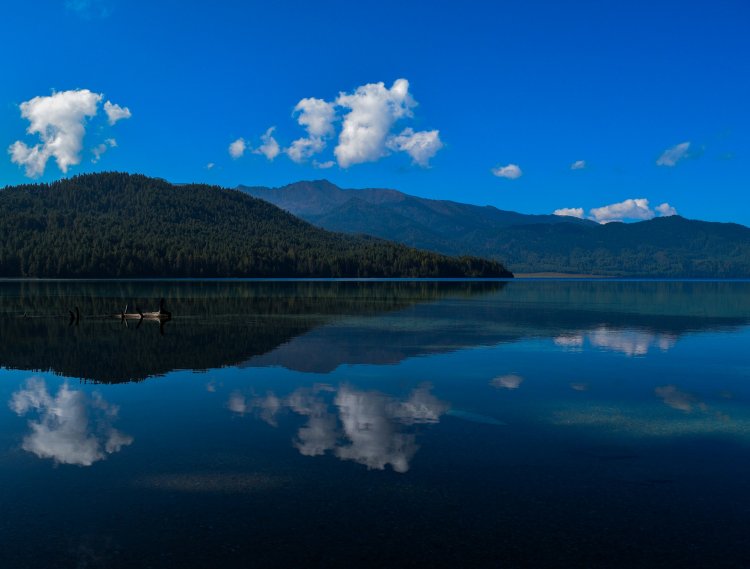
Phewa Lake:
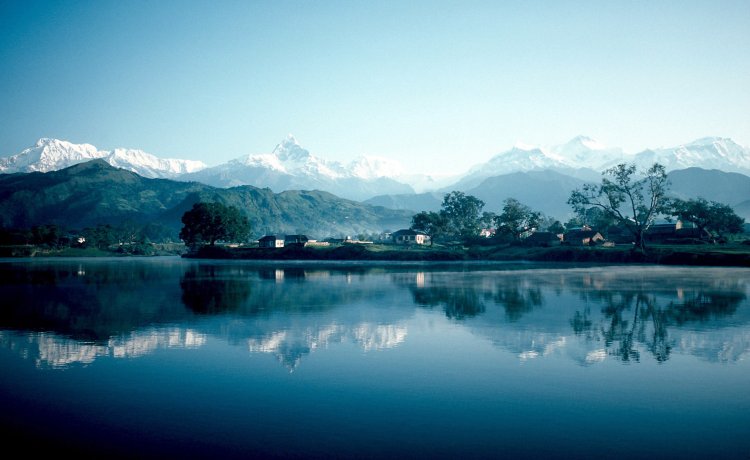
Phewa Lake is regarded as the largest lake in the Pokhara valley and the second-largest lake in Nepal. It is a socially, economically, culturally, and ritually important place. Boating and paragliding are the major attractions of Phewa Lake. Boating in the crystal clear water of Phewa Lake enhances the experience, and many paragliding flights take off from the lake's shore. The casting of a great reflection on the Machhapuchhre Himal’s surface is the other attraction of this lake. Phewa Lake is also famous for various dishes of fish that are found in lakes.
Begnas Lake:
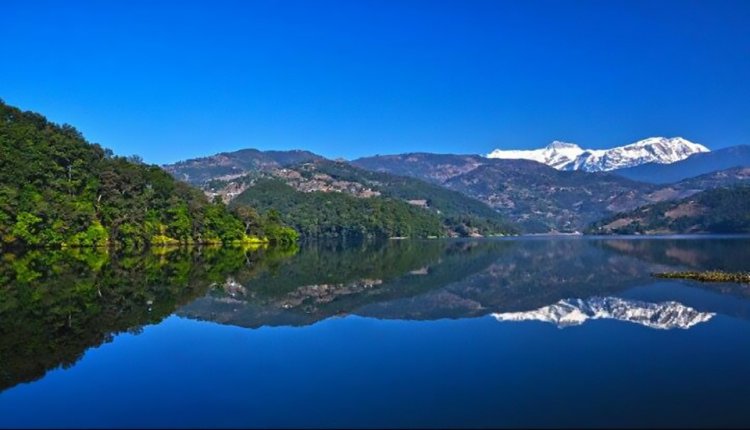
Begnas Lake is considered the third-largest lake in Nepal and the second-largest in the Pokhara Valley. Since the lake is quite away from the city area, this lake is regarded as the best tourist attraction in western Nepal. The main attractions of this place are water sports, typical Nepali western culture, and freshwater boating. The focal point of this lake is the shadow of the surrounding hills on the crystal clear water, which adds to the charm of this lake.
Shey Phoksundo Lake:
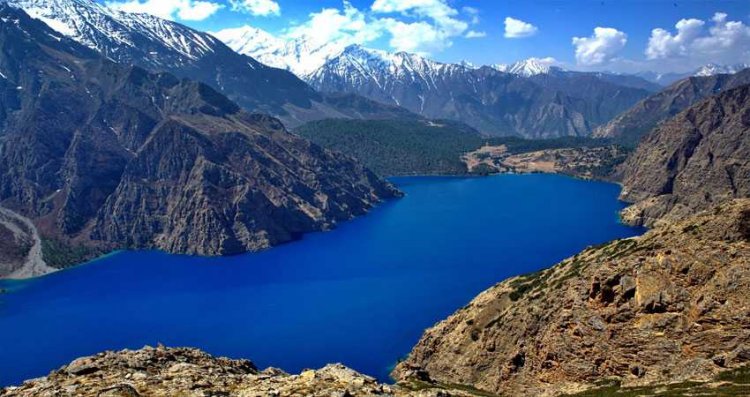
Shey Phoksundo is located in the Dolpa district at an elevation of 3,611.5m above sea level. The maximum depth of Shey Phoksundo is 145m. Shey Phoksundo is known for its elegant turquoise color. Annually, hundreds of pilgrims visit Shey Phoksundo lake to take a bath in the holy water of this lake. Because of the favorable temperature and weather, the months of March to May and September to November are suitable times to visit this lake.
Tilicho Lake:
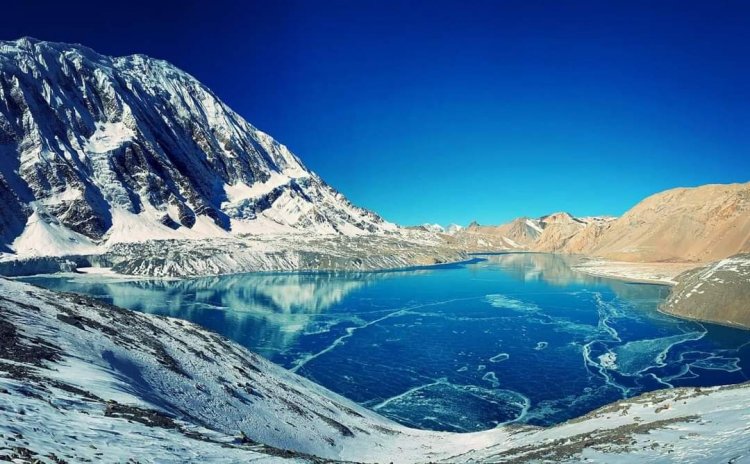
Tilicho Lake is the highest lake in the world, located in the Manang district at an altitude of 4,919m. It is a renowned tourist destination and is very famous for hiking. Tilicho is a glacial lake that lies in the Annapurna range of the Himalayas. Snowy white peaks such as Khangsar, Nilgiri, Muktinath, and Tilicho peak surround the lake area, adding more beauty to this lake.
Gosaikunda Lake:
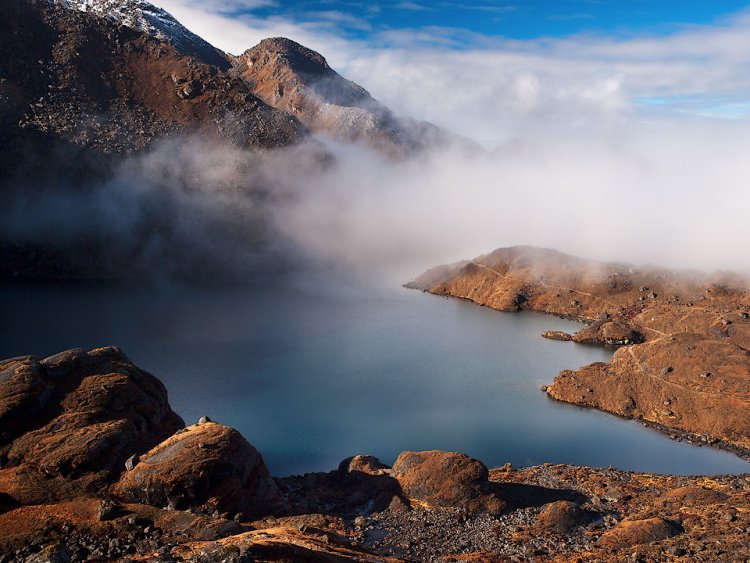
Gosaikunda is a beautiful lake located in the Rasuwa district inside the Langtang National Park, at an altitude of 4,380 m. This lake is taken as the origin of the Trishuli River. Rafting is the major attraction of this lake. This lake carries the most beautiful and religious values in Nepal. It is said that the origin of Gosaikunda is related to the Hindu scriptures such as Bhagwat Purana, Vishnu Purana, and the great epics, Ramayana and Mahabharata. Since Gosaikunda offers the visitor an opportunity to explore the holy land, it makes every traveler forget their pains and sorrows. The best times to visit this lake are from February to May and late September to December.
Gokyo Lake:
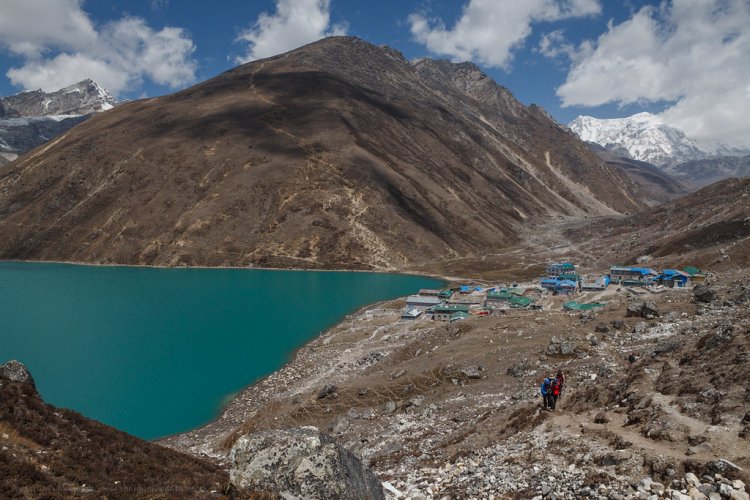
Gokyo Lake lies in Sagarmatha National Park at an elevation of 4700–5000m above sea level. It consists of 19 lakes; Gokyo Lakes are taken as oligotrophic lakes. Gokyo lakes are located in the Khumjung Village of Solukhumbu District. The major lake of the Gokyo Lakes is Gokyo Cho, with an area of 42.9 hectares. Thonak Lake is the largest, with an area of 65.07 hectares. Gyazumpa Cho consists of 29 hectares, whereas Tanjung Cho consists of 16.95 hectares and Ngojumba Cho has an area of 14.39 hectares. From there, visitors can see four of the world's four massive Himalayan ranges at over 8000 meters. According to Hindu mythology, Gokyo Lake is the home of Nag Devata (the Snake God).
Panch Pokhari :
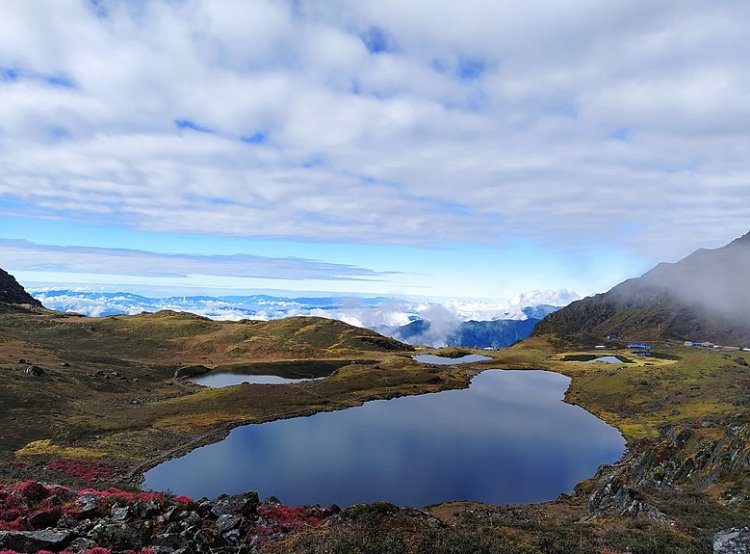
Panch Pokhari is the ninth highest-altitude wetland in the world, with an elevation of 4100m above sea level, and is located at Sindhupalchowk. The lake is a combination of five sacred ponds; that's why it is known as panch pokhari (five ponds). This lake is famous for both Hindu and Buddhist pilgrimages in Nepal. On the occasion of the Janai Purnima festival, this lake becomes the holy destination for Hindu pilgrims. Stunning mountain ranges like the Langtang range, Jugal Himal, Rolwaling Himal, and many more snow-capped ranges are offered by Pancha Pokhari.
Above them are some of the beautiful lakes of Nepal that are popular and have their own qualities. Nepal is the second-most extravagant nation in terms of water assets. The frigid stream and the liquefying of the snow on the mountain tops give way to ravishing streams, lakes, and different water-bodies-production Nepal, a heavenly objective that is home to the grounds of numerous sapphire Himalayan beverages of water concealed on mountain precipices.
Large numbers of ponds in Nepal hold strict and conventional importance and have guests and explorers visiting them from everywhere in the world. The cerulean ponds of Nepal are the country's jewels, adding to the beauty of the overall scene.
What's Your Reaction?


























































































